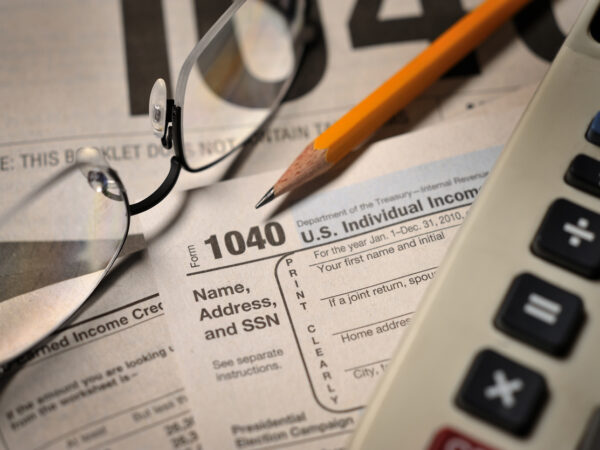When you decide to get a mortgage, you’ll need to decide when to “lock” or “float” your rate. But what do these terms mean? And why would you pick one over the other when you complete your application?
Before we can answer these questions, it’s important to understand that mortgage rates are constantly changing from day to day. Sometimes they can even fluctuate multiple times a day.
It’s also important to know that your mortgage rate determines how much interest you will pay over the life of your loan and it is a big part of your monthly payment. Locking in your rate at the right time could save you hundreds of dollars a year or thousands of dollars during the loan term.
”Locking” your rate means that your lender gives you a guarantee that you will receive a certain interest rate. Usually a lender will ask you whether you want to lock your rate when you submit your loan application. If rates are low, locking a rate early in the loan process is usually a good idea, because it protects you if rates increase before your loan closes. Locking a rate early is also a good idea if mortgage rates have been rising recently.
You should be aware that rate locks only last for a certain period of time. Typically, you can lock in your rate only for a period of between 30 and 60 days. Longer rate locks are available, but they can come with an extra fee.
There are also certain factors that could change your rate lock or make it no longer valid. For example, if you decide to get a different type of mortgage than the one for which you initially applied, the rate lock will no longer apply. So, you would need to look at a new rate lock for your new program. Also, if your appraisal comes in lower or higher than you originally thought, it may affect your rate lock. Lastly, if you take out another loan or miss a payment on an existing loan, your credit score could drop during the process, which will affect the rate you’re offered.
Choosing not to lock in a rate means you are “floating” the rate. If you choose to float a rate instead of locking, mortgage rates will continue to change based on market conditions. Keep in mind that you will need to lock in your rate at least 10 days prior to closing, however, so that your lender has enough time to send updated loan disclosures and send your loan back through underwriting before you close.
Floating a rate can be a good idea if rates have been falling recently, but it’s also a little risky. Even the most experienced financial experts have trouble predicting whether rates will rise or fall, so there is no guarantee you won’t end up with a higher rate than when you applied for your loan.
If you’re worried that rates will drop after you loan closes, keep in mind that you still have an option to refinance your mortgage in the future if rates drop significantly. There is a significant cost involved, however, so refinancing is typically only beneficial if rates fall by half a percent or more.
So, should you lock a rate or float it? Ultimately, it really depends on your comfort level. That’s why it’s a good idea to speak with a trusted mortgage professional, who can help you decide what works best for you.
To learn more about locking or floating a rate, reach out to us at 1-877-552-2242 or write to us at inquiries@rightbyyoumortgage.com. We’d be happy to go over your options with you.









